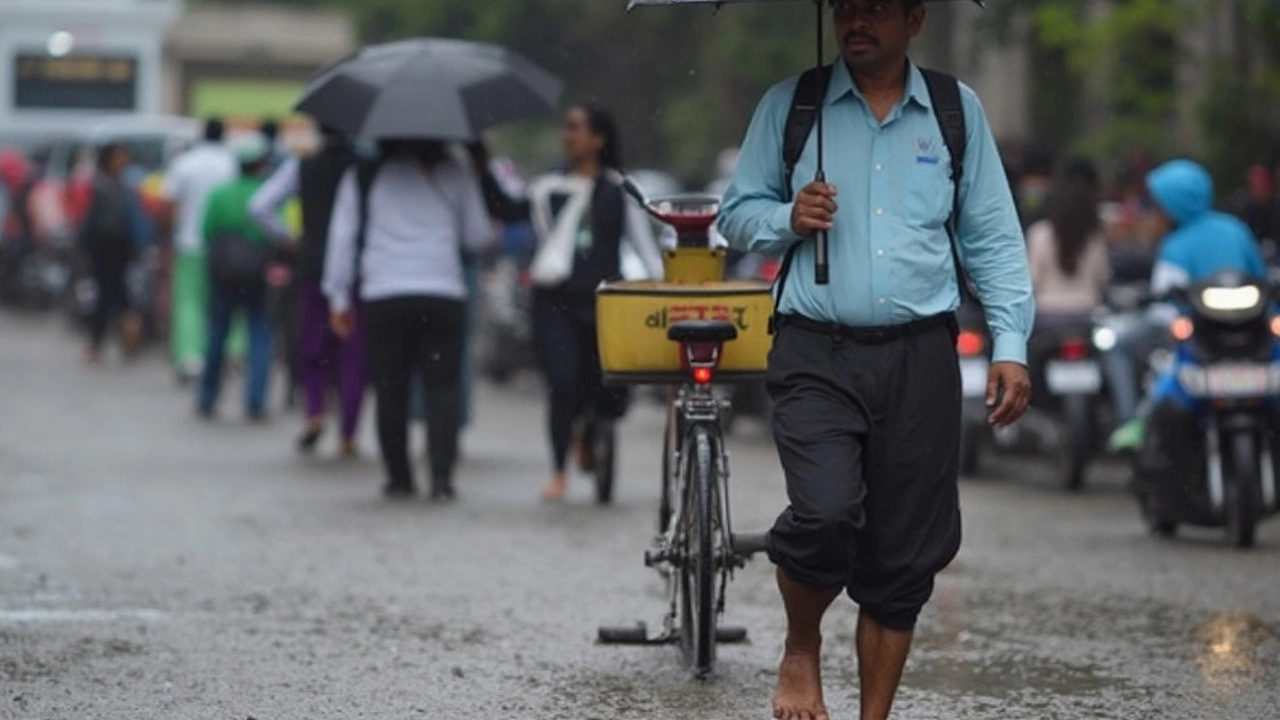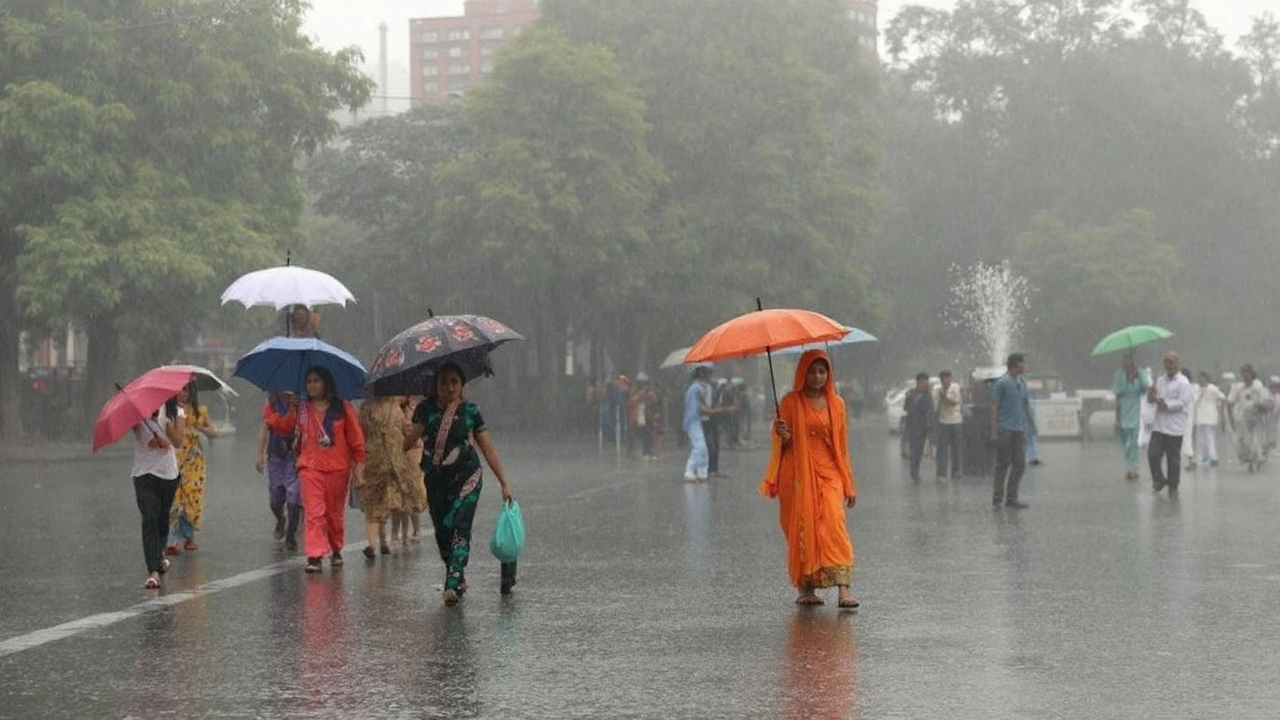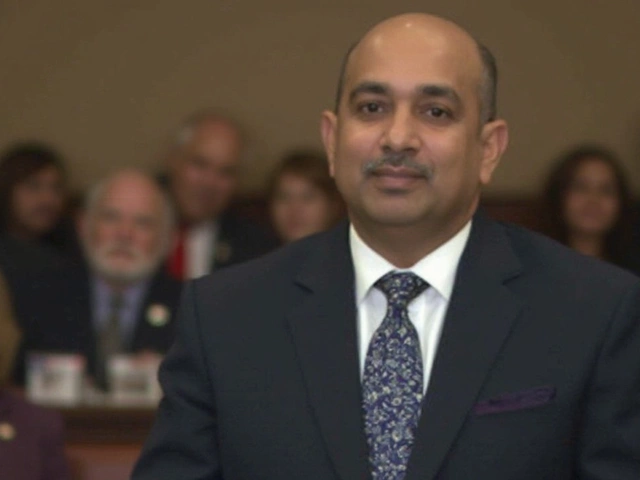Heavy Rain Alert: What It Means and How to Stay Safe
If you’ve ever been stuck in a flooded street or seen a sudden traffic jam, you know how quickly a heavy rain alert can turn a normal day upside down. In India, the India Meteorological Department (IMD) issues these alerts when rain intensity is expected to be high enough to affect travel, cause water‑logging, or pose health risks. Understanding the alert, reading the signs, and acting fast can keep you and your family out of trouble.
Why Heavy Rain Alerts Are Issued
The IMD monitors rain‑forming systems such as western disturbances, bay‑of‑Bengal depressions, and monsoon troughs. When any of these bring short‑term but intense downpours, the department upgrades the warning level to orange or red. An orange alert means heavy showers are likely and could disrupt traffic, while a red alert signals severe flooding and possible evacuation. Cities like Delhi, Kolkata, and many districts in UP frequently see these alerts during July‑September because the monsoon is at its peak.
Rain alerts are not just about inconvenient puddles. They signal higher chances of landslides in hilly areas, power outages, and water‑borne diseases. When a city is placed under a heavy rain alert, you’ll often hear about road closures, delayed trains, and schools cancelling classes. That’s why it’s crucial to keep an eye on the local news, weather apps, or the IMD’s official website.
Top Tips to Deal with Heavy Rain
1. Stay Informed. Set up push notifications on your phone for real‑time updates. Most Indian weather apps show the alert level (orange or red) and pinpoint affected districts.
2. Plan Your Commute. If you’re driving, check traffic‑camera feeds or use navigation apps that reroute around flooded roads. Public transport may run on a reduced schedule, so allow extra time or consider working from home if possible.
3. Protect Your Home. Move valuable items off the floor, check that drainage systems are clear, and place sandbags at vulnerable entry points. In apartments, keep a flashlight and a few bottled waters handy in case power goes out.
4. Dress Smart. Wear waterproof shoes, carry an umbrella, and avoid wearing bright clothes that can make you harder to spot in low visibility. If you have to walk through water‑logged streets, stay on the higher side of the road and avoid standing water— it could hide electrified cables.
5. Watch Your Health. Heavy rain can increase humidity and trigger asthma attacks. Keep any medication nearby and stay indoors during the heaviest periods. If you notice mold forming after the rain, clean it promptly to prevent respiratory issues.
6. Help Neighbors. Elderly people or those with mobility challenges may need assistance. A quick check‑in can prevent accidents and builds community spirit during tough weather.
7. Follow Official Instructions. If the alert turns red and authorities issue evacuation orders, don’t ignore them. Move to higher ground, take essential documents, and keep a small emergency kit ready.
Heavy rain alerts might feel like just another headline, but they’re a practical tool to keep you safe. By treating them as a signal to pause, plan, and protect, you’ll avoid most of the headaches that come with sudden downpours. Keep an eye on the forecast, stay prepared, and you’ll get through the monsoon season with minimal hassle.
Delhi-NCR Braces for Heavy Rain: IMD Issues Alert as Monsoon Arrives Ahead of Schedule
Delhi-NCR faces a heavy rain alert with early monsoon onset and thick cloud cover, according to the IMD. Residents in areas like Noida, Ghaziabad, and Gurugram should watch for waterlogging and travel disruptions. Authorities urge people to stay prepared for potential flooding and keep track of weather updates.
Heavy Rain Alert Sweeps Over 40 Uttar Pradesh Districts as Monsoon Moves In
More than 40 districts in Uttar Pradesh, including Lucknow, are under a heavy rain alert as the Southwest Monsoon arrives late but strong. The IMD warns of intense rains, thunderstorms, and possible flood risks, prompting the government to ask people and authorities to stay prepared.






